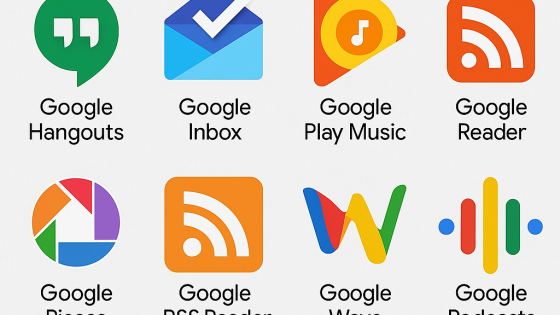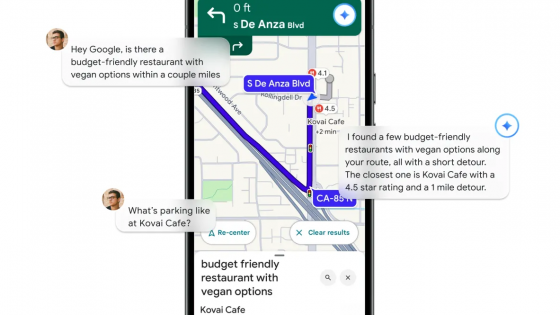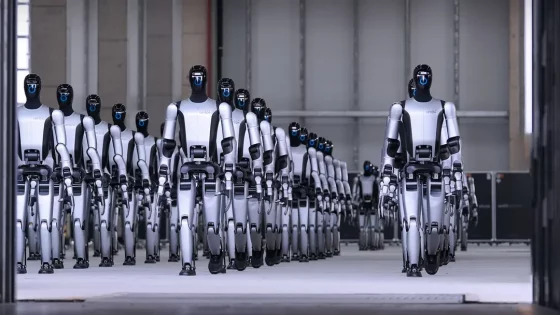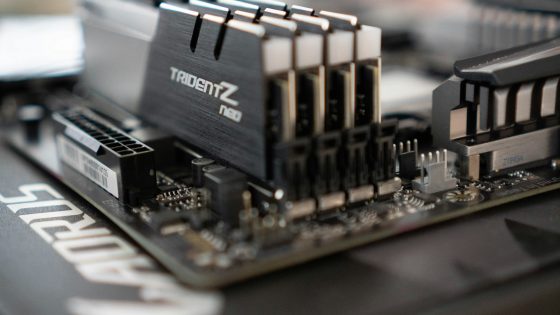Artificial intelligence threatens women's jobs in particular

A new study by the International Labour Organization (ILO) and the Polish National Research Institute (NASK) finds that jobs predominantly held by women, especially in developed countries, are more susceptible to automation due to generative artificial intelligence. The results show that as many as one quarter of all employees worldwide have a job where partial or full automation is possible.
Most worryingly, women's jobs are twice as likely to be affected by AI as men's. As many as 9.6% of women's jobs are at high risk of automation, while the percentage for men is significantly lower (3.5%). The most at-risk occupations include administrative tasks, media, software development, and financial services.
Humans and artificial intelligence – work is not going away, it is just changing
Researchers warn that automation does not necessarily mean the complete replacement of employees. More often, it is about the transformation of work tasks, in which humans will collaborate with artificial intelligence. Pawel Gmyrek, a leading researcher at the ILO, stressed that it is important for countries to accurately identify areas of risk and adapt strategies to protect employees in a timely manner.
The study highlights the importance of an active role for governments, social dialogue organizations and trade unions in shaping the future of work using AI. Marek Troszyński from NASK emphasizes that timely detection of the impacts of generative AI can help countries better prepare employees and protect their rights and future.
Widening gender gap
In addition to this study, a recent report by the World Economic Forum and LinkedIn found that AI is deepening gender inequalities. Compared to men, there are significantly fewer women in professions that AI improves, and more in those that it disrupts. Currently, 33.7% of women are working in jobs that AI can replace or significantly change, while this percentage is lower for men (25.5%).
How are companies responding?
Big tech companies are already looking at ways to mitigate the negative impacts of AI on the workplace. Microsoft and Google, for example, are developing training programs to retrain employees for other jobs that will be created in connection with AI. In addition, companies are investing in diversity and inclusion to mitigate the potential negative effects of automation on women.
A connected approach to the transition to automation will be key to protecting the workers who will feel the most impact of generative AI.






























